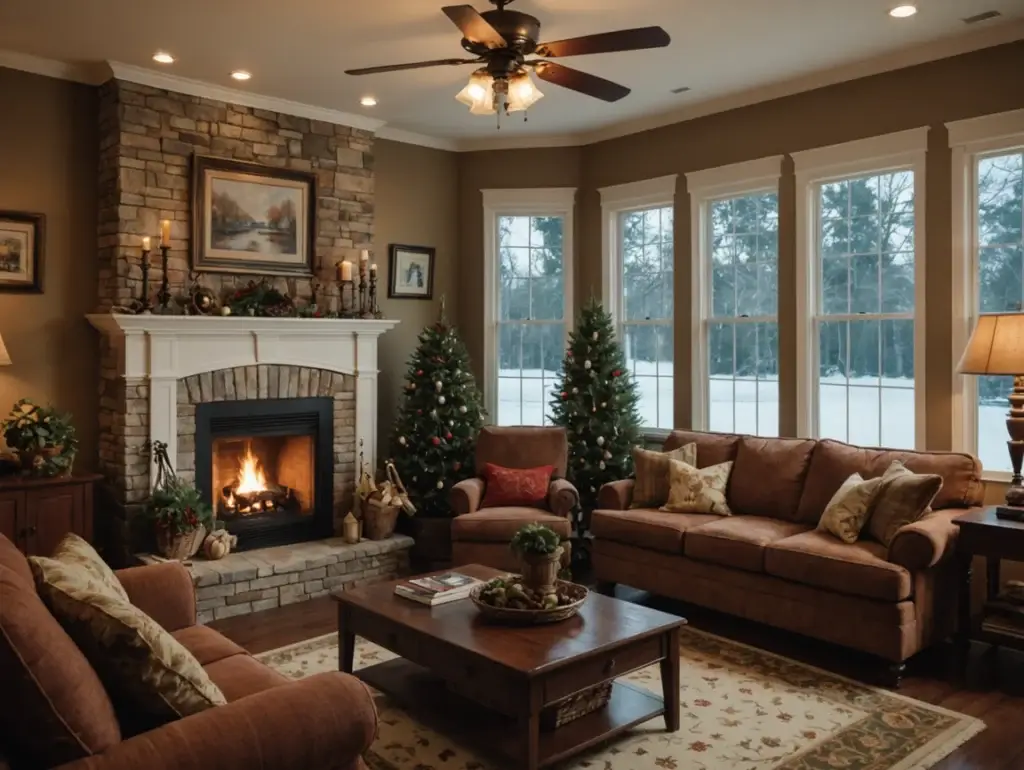[vc_row][vc_column][vc_column_text]Installing new ductwork in a home is a significant undertaking that can vary widely in complexity depending on several critical factors. Whether you’re building a new home, undertaking major renovations, or simply updating your HVAC system, understanding the challenges of installing new ductwork can help you prepare for the project. This guide will delve into what makes ductwork installation challenging and the factors that influence the process.
Understanding the Complexity of Ductwork Installation
- Home Layout and Design
Structural Considerations: The complexity of your home’s layout significantly affects the ease of ductwork installation. Homes with multiple stories, complex floor plans, or unique architectural features often require more customized ductwork solutions, which can increase the difficulty of installation.
Accessibility: In older homes or those with limited access to crawl spaces, attics, or basements, installing new ductwork can be particularly challenging. Limited access makes it harder for technicians to route ductwork efficiently and can lead to longer installation times.
- Type of Ductwork
Materials Used: The type of materials chosen for the ductwork also plays a role. Flexible ducting might be easier to install in tight spaces but may not be suitable for all situations. Meanwhile, rigid ductwork, though more durable, can be more challenging to fit and secure in place.
Customization Needs: Custom bends and fittings for ductwork might be necessary to accommodate specific home layouts, which can add to the complexity and cost of the project.
- System Design and Efficiency
Proper Sizing: Calculating the correct size of the ductwork is crucial for the efficiency of the HVAC system. Incorrectly sized ducts can lead to poor air distribution and energy inefficiencies.
Integration with Existing Systems: If the new ductwork needs to be integrated with an existing heating and cooling system, this can complicate the installation process. It requires careful planning to ensure compatibility and optimal functioning.
- Code Compliance and Safety
Building Codes: Ductwork installation must comply with local building codes and regulations, which can vary by location. These codes ensure safety, efficiency, and environmental compliance but can also complicate the installation process.
Insulation Requirements: Proper insulation of ductwork is necessary to minimize energy loss and prevent condensation. Ensuring that ductwork is correctly insulated according to local codes can be a complex aspect of the installation.
Professional Installation vs. DIY
Given the complexities involved, ductwork installation is generally not recommended as a DIY project for most homeowners. Professional installation by certified HVAC technicians ensures that the ductwork is correctly designed, sized, and installed, providing optimal performance and efficiency. Professionals are also better equipped to handle unexpected challenges that can arise during installation.
Installing new ductwork in a home involves much more than just laying pipes. It requires a deep understanding of HVAC systems, careful planning to meet specific home requirements, and meticulous execution to ensure efficiency and compliance with safety standards. By hiring experienced professionals, homeowners can ensure that their ductwork installation leads to a comfortable, energy-efficient home environment. [/vc_column_text][/vc_column][/vc_row]



